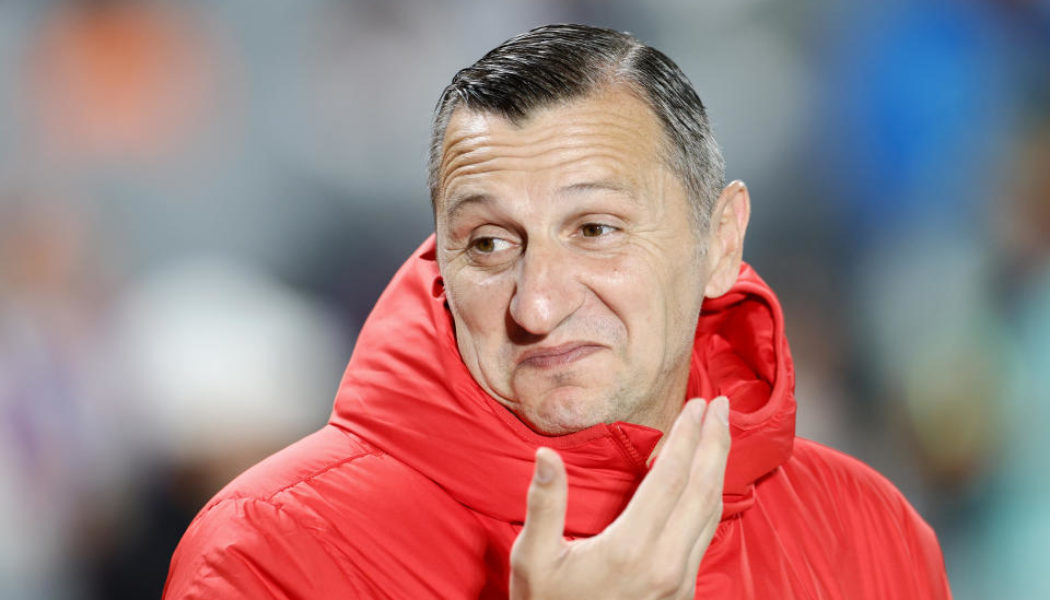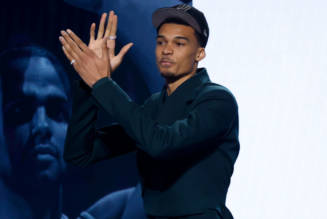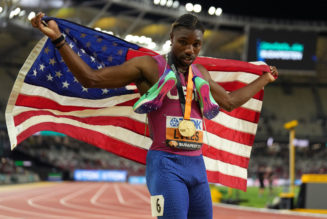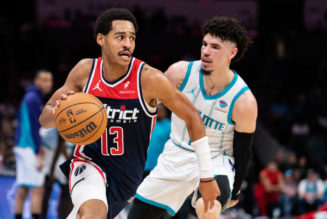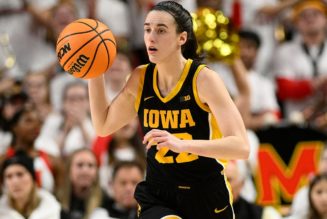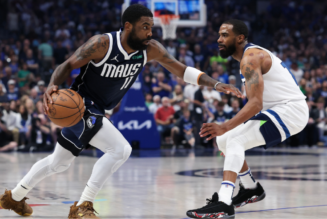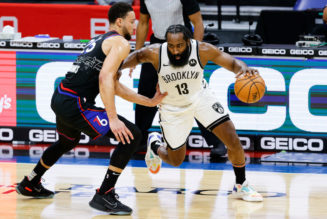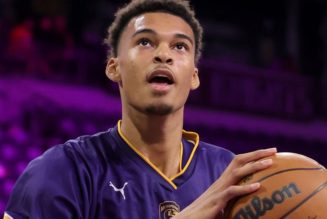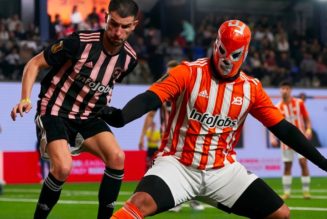AUCKLAND, New Zealand — The U.S. national team’s descent from atop women’s soccer alarmed the American public Tuesday. It shellshocked players here at the 2023 World Cup, during and after a 0-0 draw with Portugal that took them to the brink of ignominy.
But it did not begin Down Under. It has not been surprising or sudden.
Worry amassed beneath the USWNT surface over the past 24 months, and especially the last 10. Fears have come to fruition here in New Zealand, but they’ve long existed within and beyond U.S. Soccer. The storm that nearly crashed ashore this week has been building for years, and its elements are plentiful. The following is an attempt to explain them.
[Join or create a Yahoo Fantasy Football league for free today]
Who’s at fault for this USWNT decline?
The USWNT’s problems are plentiful. They’re tactical and technical, systemic and fluky. But the 2023 team’s struggles largely owe to three high-level factors:
1. A defective youth pipeline isn’t producing the right type or quality of player.
2. Several of the top players it did produce are injured.
3. Their coach, Vlatko Andonovski, isn’t getting the best out of the healthy ones.
So American players are getting worse?
No — it’s just that players around the world are getting much better, and dozens of women’s national teams are improving at a much quicker rate than the USWNT.
Why is that?
The planet’s traditional soccer powers — like, say, the Netherlands and Portugal — are leveraging infrastructure that built and sustained men’s soccer success. They’re now investing in their women’s programs.
In the U.S., meanwhile, an effort to replicate some aspects of those productive European pipelines sparked a youth soccer turf war, and ultimately failed. (I explored that effort, and the American pipeline’s flaws, in a recent piece. Dan Wetzel also explained the impact in his Tuesday column.)
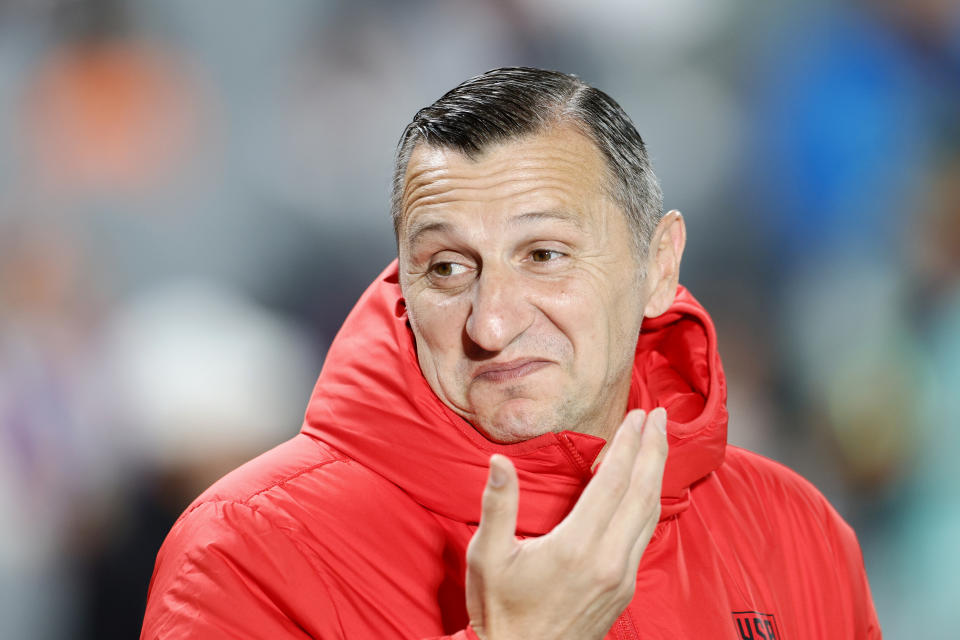
But the U.S. was still the 2023 World Cup favorite. What did everybody miss?
The USWNT still has some wonderfully talented players. But we all probably overlooked a few things:
1. All but one of the 23 Americans at this World Cup play in the NWSL, the U.S. pro league, which no longer boasts the sport’s top non-American talent. We probably overrated domestic stars such as Sophia Smith and Trinity Rodman, not to mention Emily Fox and Andi Sullivan, or at least overestimated their readiness for the global stage. (Most European stars, on the other hand, battle-test themselves regularly in the UEFA Women’s Champions League, at the pinnacle of the club game. The only USWNT star currently playing in it is Lindsey Horan.)
2. The Americans are gifted but not developed properly. Many are one-dimensional or incomplete. They can run, and dribble, and shoot, and win aerial duels. But they struggle to pass and move, or to read the game. In the sport’s more primitive days, their athleticism shrouded shortcomings; we incorrectly assumed that would happen again.
3. It hasn’t happened because Andonovski seemingly wants his players to play modern, technical, positional soccer — a game for which they’re ill-equipped, and a scheme they’re clearly doubting.
“Every single player, in every single line, is not being set up to succeed,” former USWNT forward Christen Press said this week.
Both Press and fellow former U.S. forward Tobin Heath said they’ve felt that since the 2021 Olympics. “You [Press] were one of the best players going into the Olympics,” Heath said. “Sam Mewis was one of the best players in the world going into the Olympics. How [does a player like that] become nothing? And that’s what I’m seeing [at the World Cup].”
So what’s been the USWNT’s main problem at this World Cup?
The USWNT can’t control games because they can’t keep the ball. They can’t keep the ball for a variety of reasons. When they try, they think one pass at a time, rather than seeing a game’s broader picture and building attacks with a coherent, multi-step plan. They play as individuals, as 11 rather than one.
Their off-ball movement against Portugal was particularly dreadful. Sequences like this one were a regular occurrence:
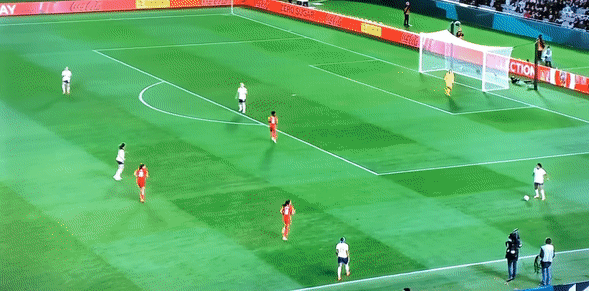
Dreadful off-ball movement then has cascading consequences. Without it, nobody on the ball has belief that they’ll be able to find an open teammate. So, rather than keep it and wait for teammates, they chuck it upfield in a panic. And once it starts getting chucked, there’s no point in off-ball movement. So the entire team becomes stagnant. Confidence — in one another, and oneself — wanes. And staleness becomes cyclical.
“We need a little bit more belief when we’re playing,” Horan said Tuesday. “We need to be more calm, we need to be more poised.”
Then again, it’s tough to be poised when there’s nobody to pass to. That’s why players seem to be spooked.
Are there defensive problems too?
They’re also admittedly not “in sync” defensively. The same second-guessing and lack of trust apply to pressing, which I explained in detail after the Netherlands game.
So is all of that a player problem? Or a coaching problem?
It’s both.
Andonovski’s apparent attempt to implement a modern system was worthwhile, but faulty. It became increasingly obvious over the past year, at least to outside observers, that his system wasn’t working and doesn’t suit his current players — to the extent that, three games into a World Cup, it’s genuinely unclear what the plan even is, or whether one exists.
Wingers receive the ball on the touchline; center backs step with it into midfield; and time and time again, it’s entirely unclear whom they’re supposed to pass to or what they’re supposed to do.
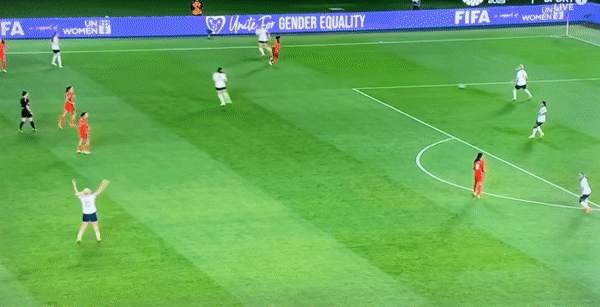
And yet, Andonovski has never bothered to find an alternate plan. “We have to stick to our principles, we have to stick to our game model, and we have to stick to our philosophy,” he said Tuesday. To which fans responded: What principles? What game model? What philosophy?
What should the U.S. be doing instead?
They should play direct and in transition, pressing like madwomen and maximizing their athleticism, which remains best-in-class.
Long balls are often derided — and rightfully so when they’re a last resort, which is often what they seem to be for the USWNT. They’re the panicked chucks, which are one reason the U.S. ranks 21st at this World Cup in passes per sequence — a measure of sustained possession that typically elevates good teams.
Long balls, though, can be effective when they’re coordinated. Forwards can stretch an opposing back line; midfielders can position themselves to win second balls; and boom, matches can be dominated without possession. The U.S. should try it someday.
Has Andonovski ever made adjustments?
Not really. He made various questionable decisions long ago — that Crystal Dunn, a superstar midfielder, was going to play left back; that Smith, the NWSL’s most prolific striker, was going to play on the wing; that the team was going to play a certain style — and he’s never wavered from them.
“In every soccer match, you need to make tactical adjustments to exploit spaces, get numerical advantages, yada yada,” Press said. “And we haven’t seen, in a [World Cup] game, any of those tactical adjustments. But it points to the larger point: Have we seen any tactical adjustments in the last year? Have we seen any different formations tried? Have we seen any adjustments to the way that we’re pressing? We’ve seen the team come out for the past year in the same general shape, in the same general pressing structure.”
Why hasn’t Andonovski tried something different?
Shrug.
Perhaps he was fooled by Mallory Swanson’s brilliance. Swanson almost single-handedly stole a few wins for the U.S. earlier this year despite troubling team performances. Then she tore her patellar tendon in April.
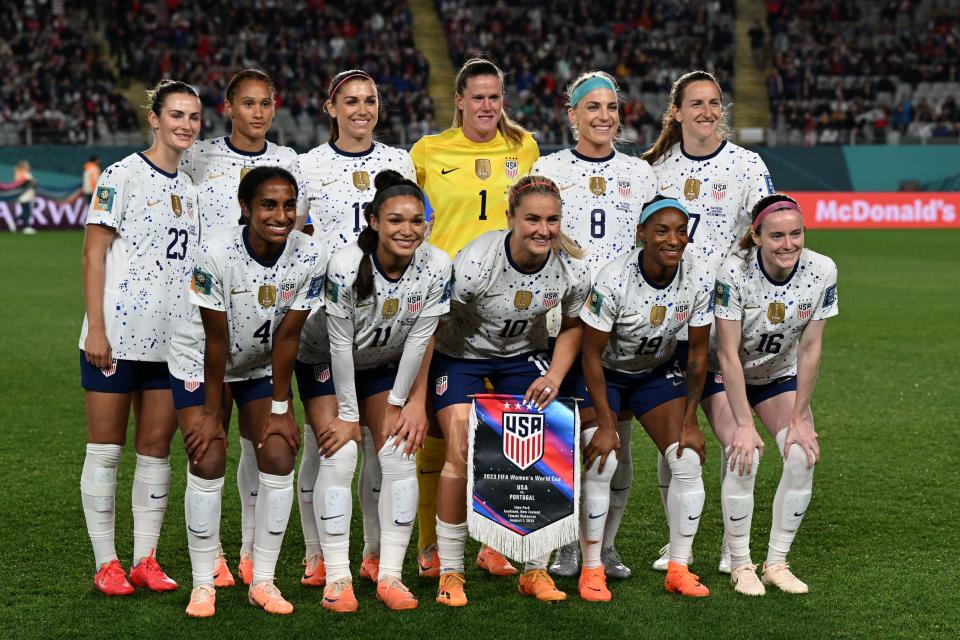
How much have injuries hurt the U.S.?
They’ve certainly hurt, and would be a viable excuse for not winning a third consecutive World Cup — but not for looking this impotent.
In addition to Swanson, Catarina Macario — who likely would’ve started at striker — has been out for over a year recovering from a torn ACL. Midfielder Sam Mewis has been out since 2021. And Becky Sauerbrunn, the team’s veteran defensive leader, aggravated a foot injury in early June, forcing her to miss the tournament.
In Sauerbrunn’s absence, Andonovski moved Julie Ertz from defensive midfield back to center back; and in Ertz’s resultant midfield absence, Andi Sullivan has been a liability.
So are all of these struggles the new norm for the USWNT?
Not to this degree. Many inside women’s soccer have been expecting American dominance to disappear eventually, for reasons mentioned at the top of this article. But the U.S. should remain among the contenders. It will likely have a new coach come 2024 and beyond. It will have fewer injuries, and better luck.
And remember: For all the hysteria of the past 36 hours, the USWNT could very well still advance deep into the 2023 World Cup. Its defense has been solid. Its Expected Goal numbers — a complicated stat that measures chance creation — have been strong. It still hasn’t lost this calendar year; it could continue to survive and advance while playing putrid soccer.
Services Marketplace – Listings, Bookings & Reviews
